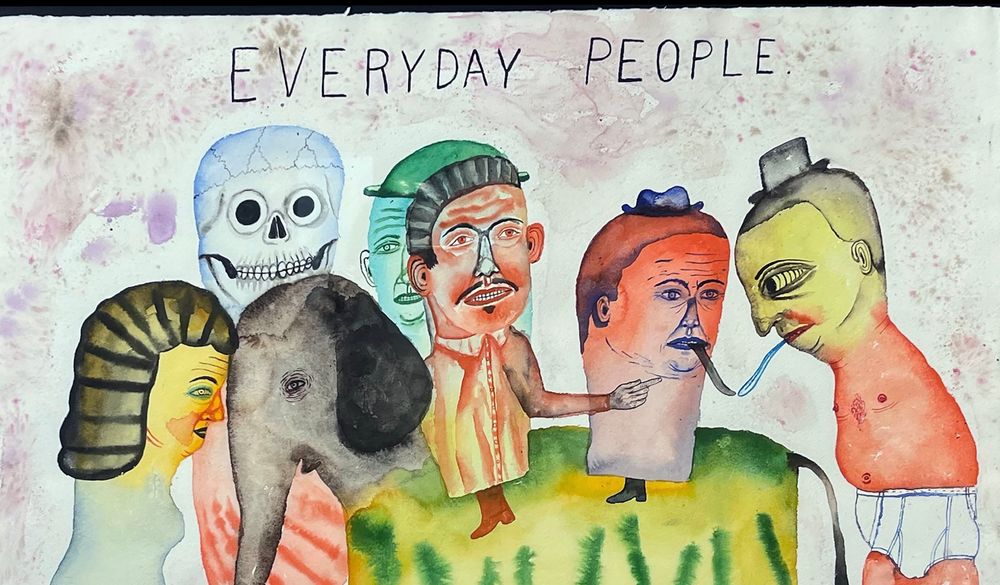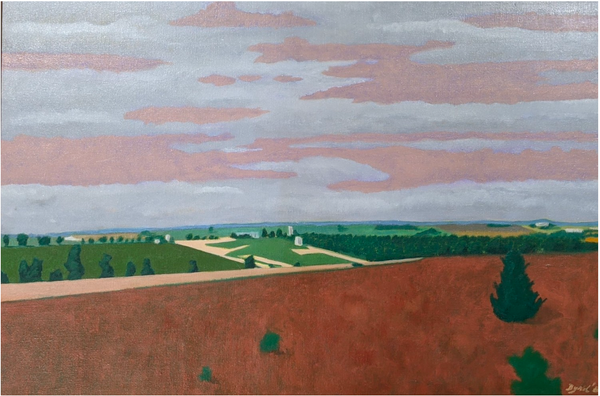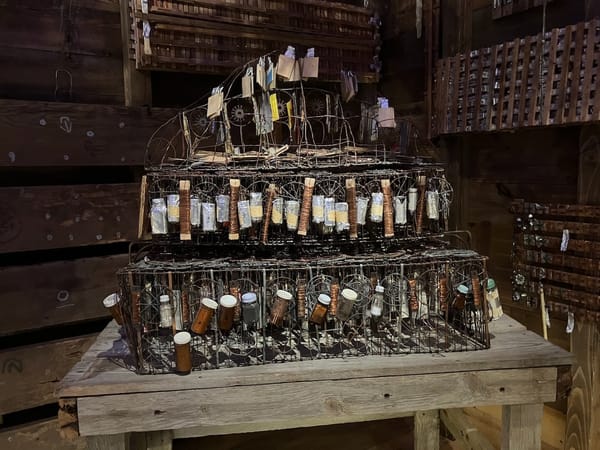Other Worlds / Fluid Thinking
by Carol Emmons
There is a branch of logic called possible world theory which examines alternativeuniverses. It strives to discover what is true and in what circumstances.Representing alternative worlds is perhaps the basic business of art, and somecurrent exhibitions investigate these, including the world we perceive and theworld we desire.
Other Worlds features three artists working in dissimilar media with interrelated concerns. Jason DeMarte creates large scale, meticulous photographs of the (seemingly) natural world. He photographs the elements separately and then imperceptibly collages them together. The backgrounds are distant, foggy, and nearly achromatic, while the foregrounds feature sharply delineated branches with flowers and birds in saturated color. Looking closely, one discovers man-made objects like plastic waste or candies incorporated into the foregrounds. The artificial items echo the formal qualities of the natural environment— colors, shapes, and textures are repeated—creating intricately interwoven compositions that question human intervention in what we understand as the natural.
His artist’s statement describes engaging with “truth, consumption, visual gluttony, and waste, while simultaneously playing upon humanity’s unquenchable desire for beauty.” Much like the still life vanitas paintings of the 17th century, his arrays incorporate sensual displays studded with hints of decay and commentaries on human choices.
Contrasting DeMarte’s glossy perfection, Don Krumpos’s work bears evidence of the hand. His mixed media drawings, comprised of fine scratchy lines and delicate washes, describe creatures that range from naturalistic to fantastical. Placed symmetrically and frontally, they are often surrounded by details and notations, suggesting the notebooks of naturalists. Their casual, unframed presentation further enhances this quality of provisional information. His references are broad ranging, suggesting hints of Leonardo, folklore, steampunk, Miyazaki—and a touch of Hieronymus Bosch.
Krumpos also presents Bone Memory, a shadow puppet video playing in a small theatre. This installation utilizes a similarly low tech approach: simple animations buoyed by the “Arty Cart” bricolaged from an old trunk. This neatly solves the problem of displaying video by lodging it in a folksy context that supports the content: an essay on human/environment interactions and a view of ecological time.
Also on display in Other Worlds is an installation by Kristine Granger. A lifesized-human figure constructed of wire and string, its wing-like appendage suggests an angel or Icarus come to earth, particularly given its placement amongst a scattering of large rocks. Nicely articulated, the figure’s ephemerality suggests both vulnerability and human presence as spirit.
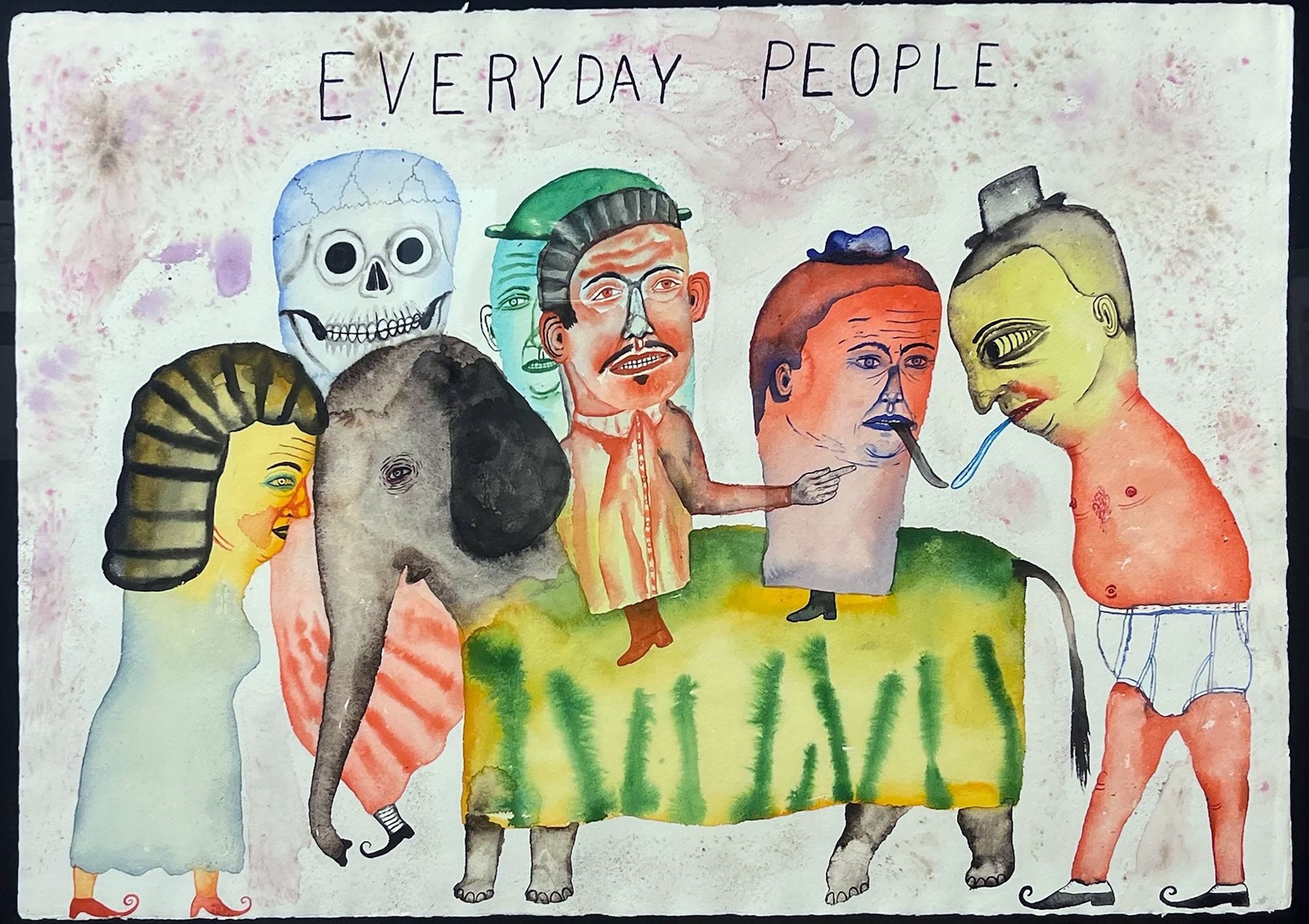
Fluid Thinking is an exhibition of watercolors by the celebrated Wisconsin artist Fred Stonehouse. A departure from his more densely painted acrylics, these works nonetheless feature his typical subjects and smallish scale. There are figures (almost exclusively male) with truncated bodies and large heads. There is also the occasional animal, or human/animal composite, along with skeletons and tighty-whitey underpants. In most cases the figures are vignetted, but some feature painted grounds or ambiguous landscapes, with colors ranging from delicate to acidic. Like Krumpos, there is a wide spectrum of allusion: if James Ensor, didactic illustration, Francesco Clemente, and votive objects had an offspring, it might resemble these images.
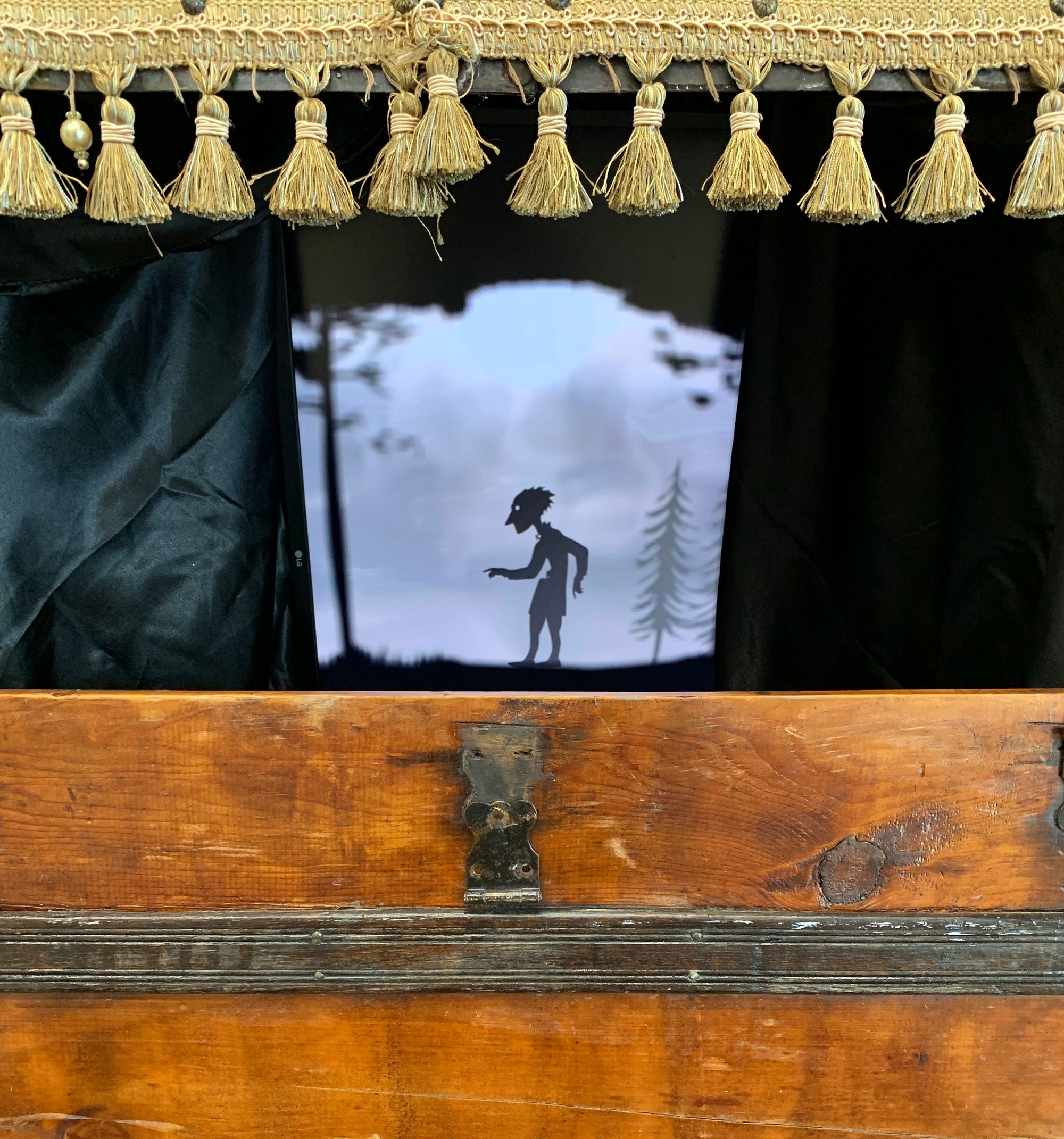
The paintings are usually inscribed with short annotations written in slightly awkward capital letters (like schoolboys struggling to be tidy). These notations are punctuated with a period, establishing the image’s codification as truth through its decisiveness. The delicacy of the watercolor medium contrasts the declarative texts and unsettling subjects, evoking a complex and complicated universe populated with humans who may be us.
Like didactic classroom posters, Stonehouse’s paintings present documentations of a world—albeit not a precise visual replication of the one we seem to inhabit. That is, the distortions and exaggerations he utilizes tell the story of a truth beyond surfaces, variously comic, forlorn, or distressing. While the works may imply satire, they also retain a sympathy for the human condition evoked partly by their handmade characteristics.
Krumpos’s drawings are more provisional than Stonehouse’s declarations or DeMarte’s documentations, partly due to their line quality and whimsy. Krumpos describes his world (Terra Incognita) as “a journey into the heart of nostalgia, a return to the boyhood lands that once defined my sense of place and belonging. The sights and smells, once so familiar, now evoke a deep and specific longing—a bittersweet reminder of a world that remains the same yet has been irrevocably altered.”
This depiction—or warning—of a world irrevocably altered is also at the heart of Jason DeMarte’s photographs. He is distinct from Krumpos, Stonehouse, and Granger in the mechanical precision of his medium, but nonetheless similarly suggests there is a universe to be discovered if only we pay attention. He states,“Through hypothetical dystopias, a rearranging of the natural order emerges . . . where nature, much like our commercial environments, has been impregnated with the detritus of marketing, consumption, and waste.”
The attempt to depict the natural world calls to mind the straightforward efforts of artists like Maria Sibylla Merian, Ernst Haeckel, and John James Audubon. Yet even this approach is problematized by norming and ironies like Audubon’s evident slaying of his subjects to render them.
The mathematician Leibniz espoused ours as the best of all possible worlds; the philosopher Schopenhauer decried it as the worst. The artists of “Fluid Thinking” and “Other Worlds” make no such declarations. Instead, they stake a claim for the nuanced intersection of human desire, fallibility and the manifold attempts to inhabit and comprehend our world.
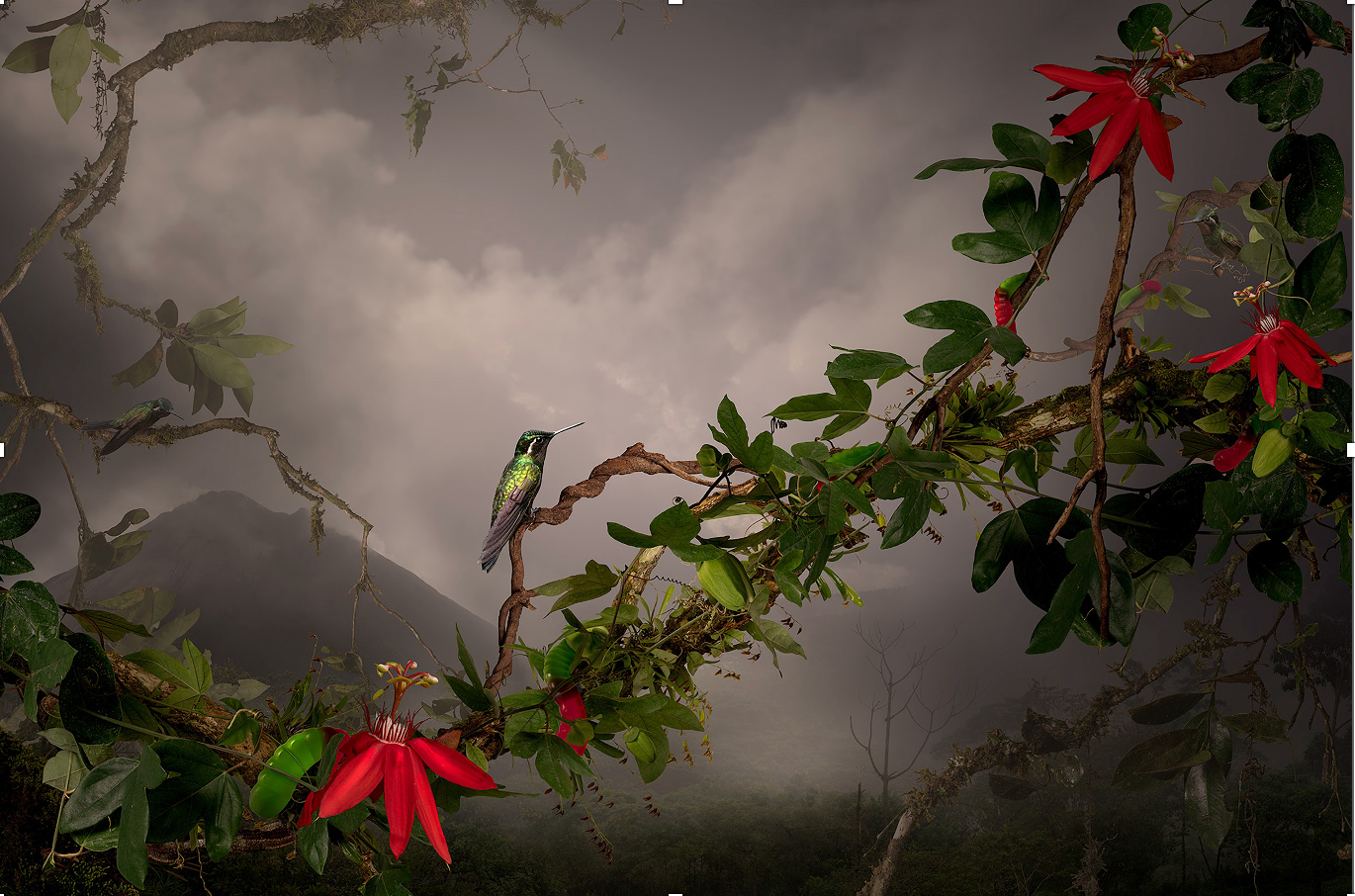
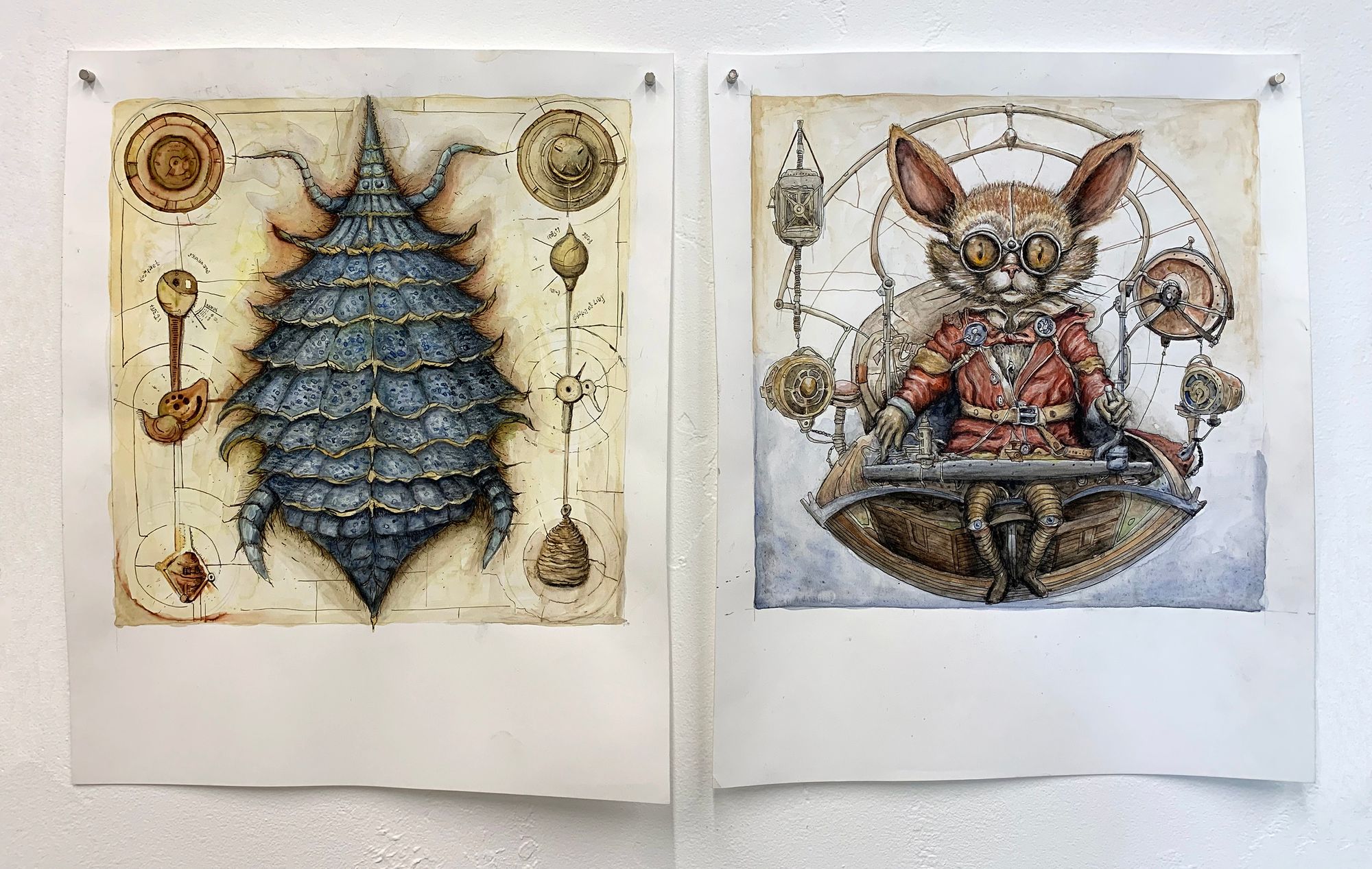

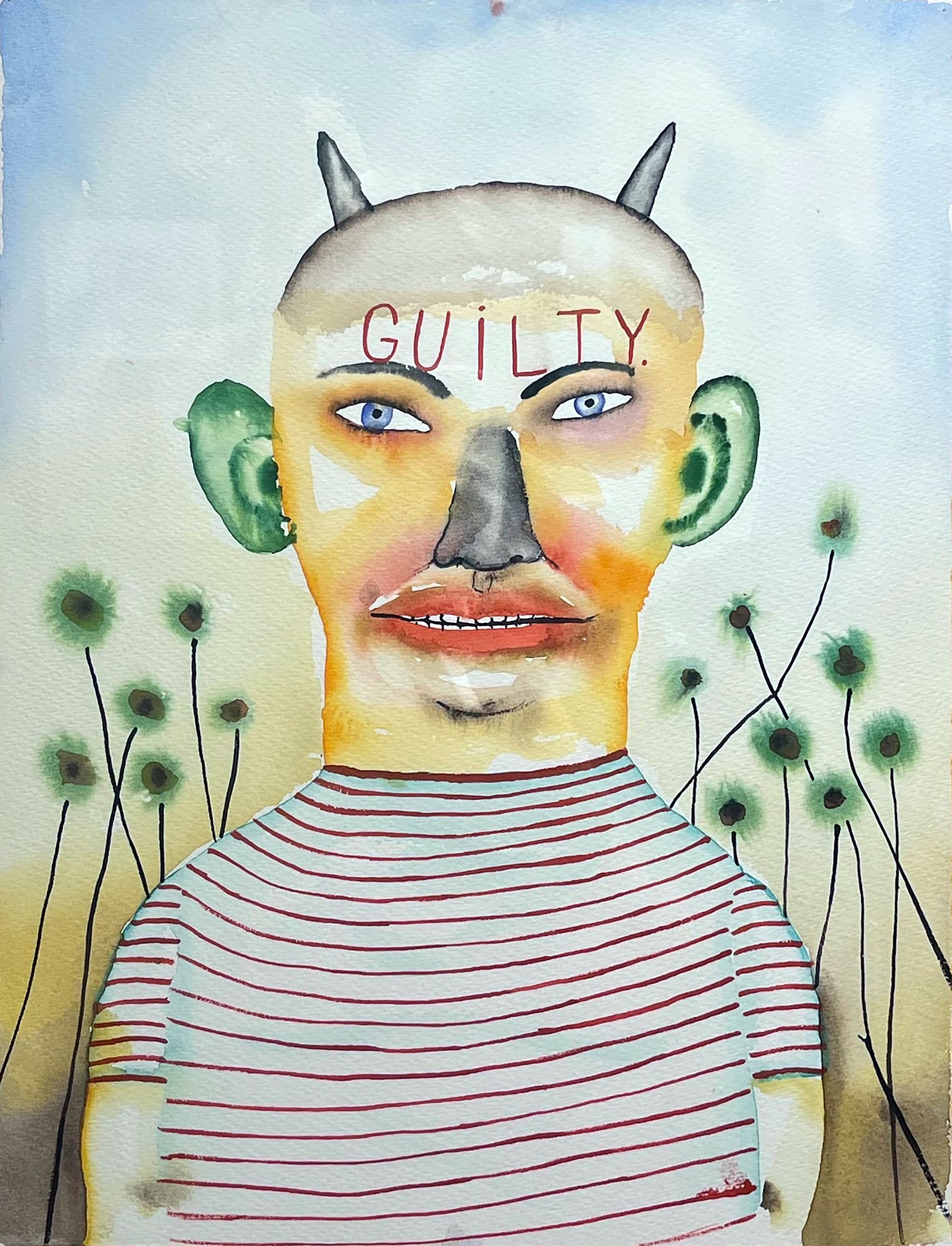
Other Worlds: Jason DeMarte, Kristine Granger, Don Krumpos September 13– October 19 at newARTSpace, De Pere. Pere. https://www.newartspace124.com/exhibitions/other-worlds
Fred Stonehouse: Fluid Thinking August 31 – October 14 at SŌMI Gallery, Sturgeon Bay. https://www.somigallerysb.com/art/the-third-20room-gallery
Carol Emmons is an installation artist and Professor Emerita of Art at theUniversity of Wisconsin-Green Bay.

